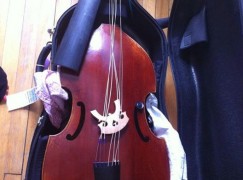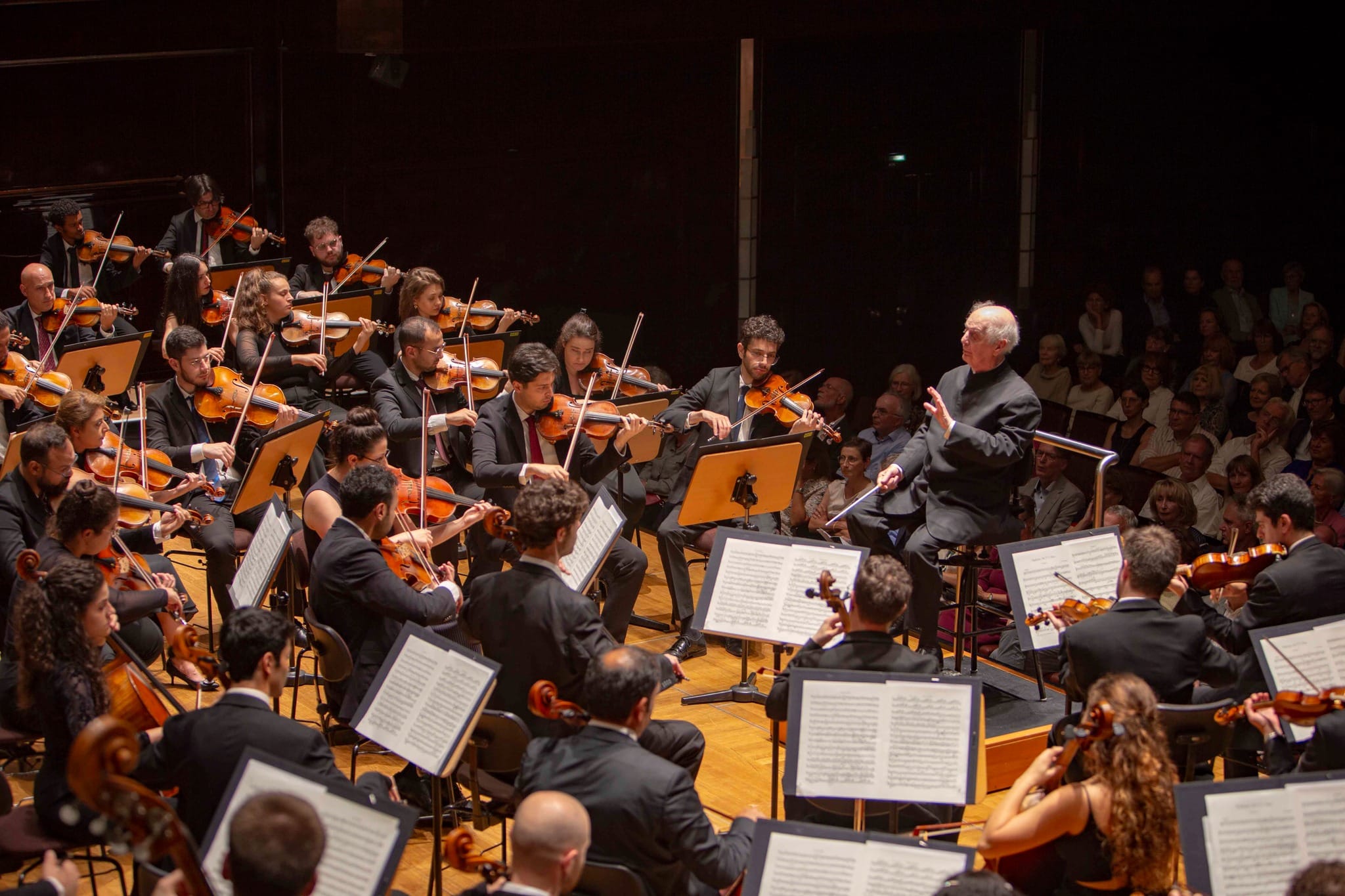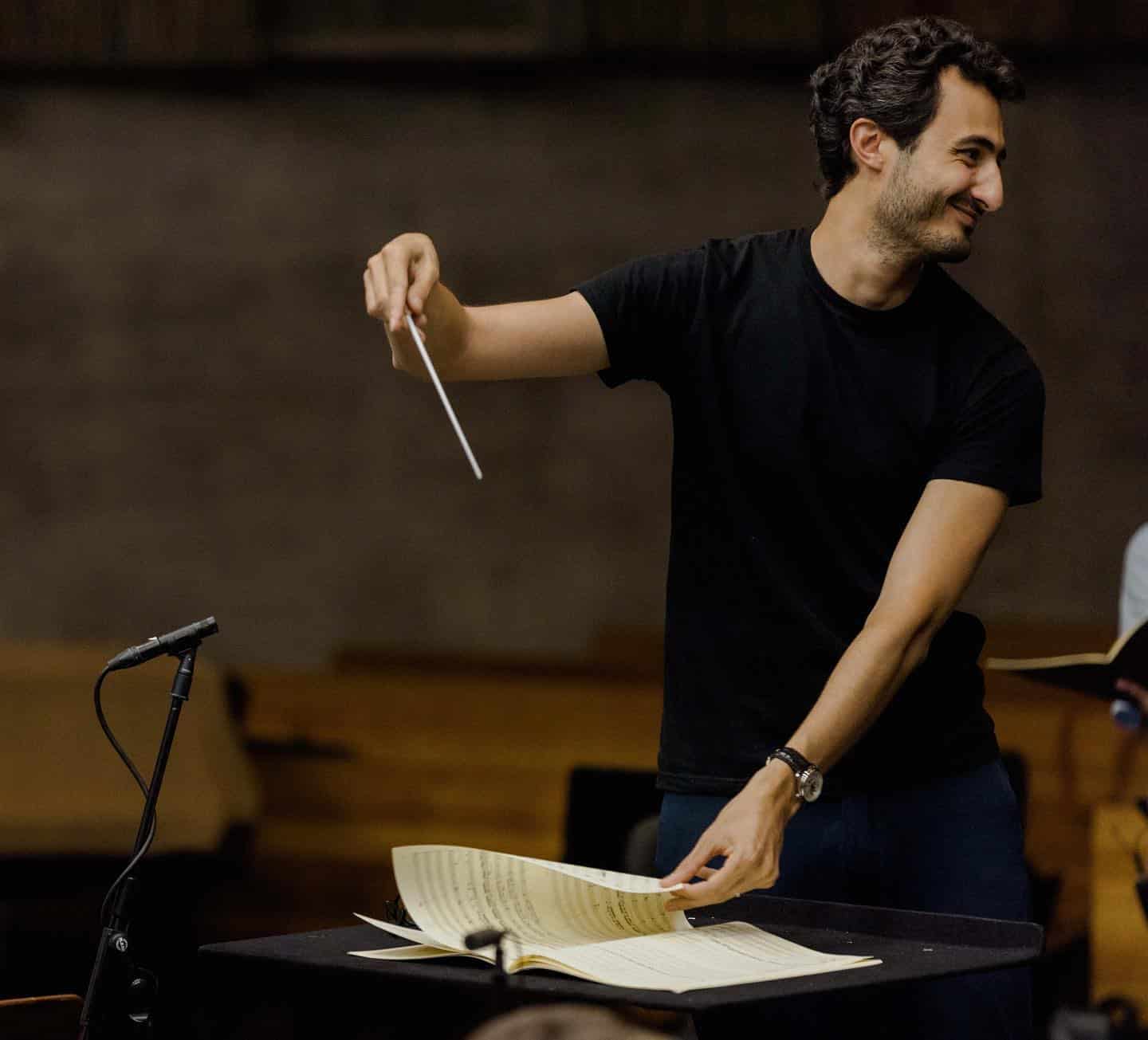Delta broke the neck of my beautiful viol
mainMontreal instrument maker Francis Beaulieu has sent us this picture of a viol he made for a client, who took it on the DL1870 Delta flight last Saturday from Atlanta to Montreal.

Somehow, the instrument was manhandled to such an extent that its neck was broken in transit. Francis says this ‘is typical of what happens when an instrument in its case is dropped, or receives a violent shock. As a viol maker and restorer, I have seen that kind of damage many times after airplane incidents.’
The owner tells us: ‘It was a checked baggage and was traveling in a big flight case (that has done several other trips before). The case shows signs of a big impact on the side of the head. The neck was broken and the body of the instrument was damaged (it chipped) by the impact of the neck breaking.’
Beware the brutal Delta.






Once again, I’m afraid the blindingly obvious gas to be stated. You can’t expect a precious fragile object to survive as baggage. Any more than a wedding cake or a glass chandelier. Yes it’s expensive to fly with a cello/gamba. But there’s not really any alternative.
Your whole comment is frankly unreasonable in my opinion. How much do we pay to fly? and there is no expectation of reasonable service? the appropriate handling or fragile goods, no matter their size, surely falls under “basic, reasonable service”
I play a bass. If I’m *lucky*, i can get it on a plane as checked baggage. Usually a bass must be shipped commercially, which can take weeks.
Often a cello or gamba will have a seat purchased for it, but is then sent into the cargo hold because of refusal by airline staff. The artist must travel, so they take the risk, often with this result. “You can’t expect a fragile object to survive as baggage” is a poor excuse for even poorer service.
Indeed, this is another disingenuous headline and article. As a cellist who tours frequently and fly almost exclusively on Delta and its partners, I’m not sure how to even respond to these photos and the description of events. What does a musician expect when traveling with a fragile instrument? I would never check my fiddle, and on the rare occasion when it’s not cost-effective to buy two seats, I simply borrow an instrument from a colleague at the destination. As the previous commenter mentions, one would never check fine china, valuable electronics, or any other similar item and expect a different result. If as a professional musician you make this very unwise choice, you unfortunately reap what you sow.
Musical instrument’s cases are designed to handle a fare amount of shocks: they are both hard shell and flexible. The airline companies give us “fragile” stickers, they have us bring it to over sizes and everybody is very well aware that it has to be handled with care. My flight case has done several flights through the years and you can see that it received “normal” luggage handling small shocks in the past without never breaking the instrument inside. But this time, it’s very different: you can see on the case that it either was hit or dropped very badly. And THAT is unacceptable. It should never happen. It is pure negligence.
It is a shame that standards are so low and handling is so slipshod for checked baggage on airlines.
I would suggest a massif twitter campaign. This has worked in the past for myself (professional gambist living in Paris) with airlines. hashtag #deltaairlines then something to the effect of ” destroys professional musician’s beautiful viola da gamba”.
This is happening in the viola da gamba world almost monthly now. The problem is if you took a Greyhound bus, a taxi or even a boat the chances this would happen are slim.
The question is why?
Simply because the luggage handlers and the TSA people are not in front of the people and are sure they can reek hell behind closed doors with no retribution of any kind in sight.
When airlines will be held criminally responsible for breakage of personal goods this will change. It is normal if you pay to be transported you expect that yourself and your belongings arrive in the same state they start out in.
I feel for my colleagues who play instruments too large to be treated as carry-on luggage. It’s not only that buying a second seat is expensive; sometimes that’s not enough – see the Paul Katz story not long ago – and they still won’t allow it in the cabin, and we all know that if anything valuable is checked it will wind up in pieces. So what’s a cellist, or a viol player, to do? Even Michelin-man style flight cases don’t protect against everything. I’m just profoundly glad I don’t travel to play these days.
The fault lies in the case maker, who obviously did not provide sufficient protective padding inside the hard case.
To be fair, the case maker is at fault only if the case was designed to be used as checked luggage on an airplane and advertised as such.